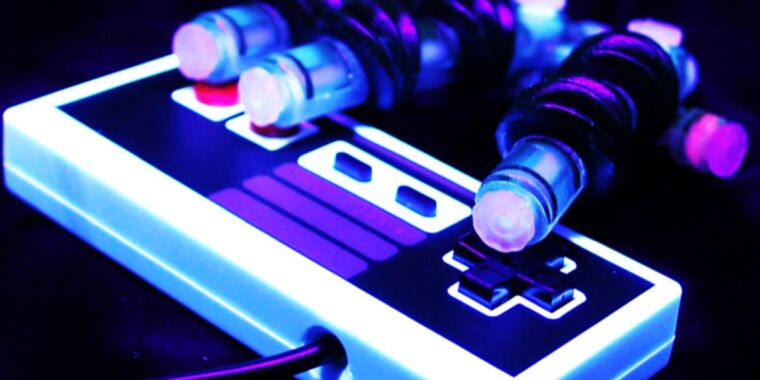
Soft robots also hold strong potential as prosthetics or biomedical devices. Even rigid robots rely on some soft components, such as foot pads that serve as shock absorbers or flexible springs to store and release energy.
Harvard researchers built an octopus-inspired soft robot in 2016 that was constructed entirely out of flexible materials.These include the high cost (clean room facilities are required) and time necessary to fabricate those microfluidic systems and then integrate them with the system as a whole. "Recently, several groups have tried to harness fluidic circuits to enhance the autonomy of soft robots," said co-author Ruben Acevedo.
Sochol, who was interested in moving beyond having to manually connect fluidic circuitry components to soft robots in favor of embedding these functions directly in the soft robotic systems.
Components like diaphragms and O-rings must be able to deform during operation, so a soft rubber-like material was used to make them, while a more rigid, plastic-like material was chosen to make components that need to be stable (fluidic channels, access ports, and structural casings, for instance).
In other words, a single source of fluid could send different signals just by changing the pressure, so that each finger could move independently. Even better, the one-step 3D-printing process for the hand and the two turtle-bots—encompassing soft actuators (moving parts), the fluidic circuits, and robot body—took a matter of hours, not days or weeks.
The team tested the performance of the robotic hand by having it play Super Mario Bros.The researchers used a medium pressure to make Mario run and a high pressure to make the hand press the correct button on the controller to get Mario to jump.
"We are freely sharing all of our design files so that anyone can readily download, modify on demand, and 3D print—whether with their own printer or through a printing service like us— all of the soft robots and fluidic circuit elements from our work," said Sochol, who estimates that printing one's own soft robots would cost about $100 using the team's software on GitHub. "It is our hope that this open-source 3D printing strategy will broaden accessibility, dissemination, reproducibility, and adoption of soft robots with integrated fluidic circuits and, in turn, accelerate advancement in the field.".